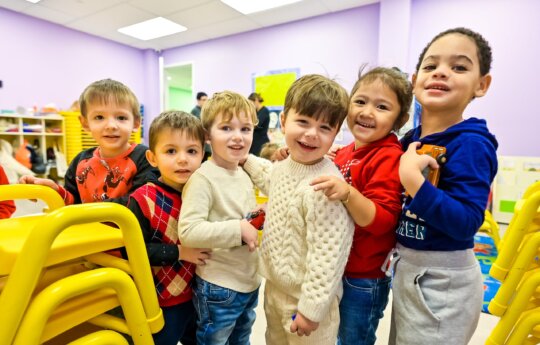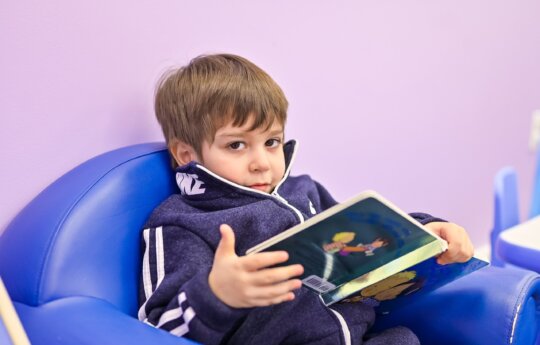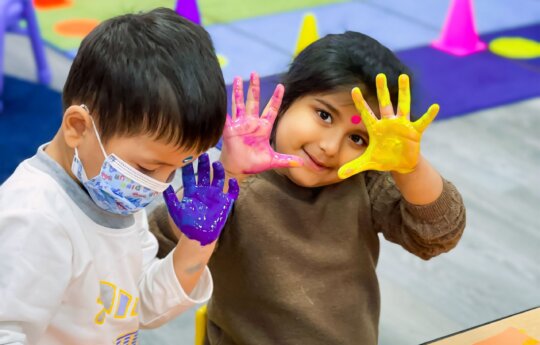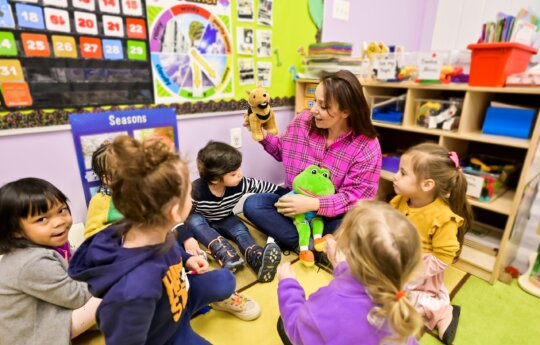
Prepare yourselves for an unparalleled cosmic extravaganza! The sky will be graced with a celestial wonder on Monday, April 8, 2024: a complete solar eclipse that will be visible over North America. This extraordinary occurrence will pass through the North American continent, illuminating Mexico, the USA, and Canada before starting its voyage over the South Pacific.
Envision the thrill of a mid-day sunset, when the sun sets behind the moon, casting a shadow that seems like nightfall but is really just the brightness of day. This is more than simply an astronomical event; it’s a mystical occasion that unites individuals of all generations to see the magnificence of our cosmos. So, get up the kids and get ready for an incredible journey that will amaze and delight people of all ages. Not only is the 2024 solar eclipse going to be an amazing educational experience for people of all ages, but it will also be a breathtaking display of nature’s beauty.
What is a Solar Eclipse for Kids?
A solar eclipse for children can be explained as a cosmic game of hide and seek, where the moon sneaks in front of the sun and hides it from our view, turning day into night for a little while. Imagine the sun is a bright light bulb in the sky, and the moon is a smaller object that moves between us and the sun. When the moon covers the sun perfectly, it blocks the sun’s light from reaching us, and that’s when we see a solar eclipse.
During a solar eclipse, the moon’s shadow falls on the Earth, and if you’re standing in the right spot, you’ll see the sky get darker as if it’s suddenly becoming night. It’s like the moon is saying, “Guess what? I can make it nighttime for a few minutes, even in the middle of the day!” And then, after a little while, the sun peeks out again, and it’s daylight once more.
So, a solar eclipse is a special time when the sun, moon, and Earth line up just right, and we get to see this amazing change in the sky. It’s one of nature’s most fascinating shows!
Basic Facts and Science Behind Solar Eclipses for Kids
- Orbits and Alignments: The Earth orbits, or goes around, the sun, and the moon orbits the Earth. Sometimes, they align perfectly so that the moon comes directly between the sun and Earth.
- Types of Solar Eclipses: There are different types of solar eclipses. A total solar eclipse occurs when the moon completely covers the sun. There’s also a partial solar eclipse, where the moon only covers part of the sun, and an annular eclipse, where the moon is in the center of the sun, leaving a ring of light around it.
- The Moon’s Shadow: During a total solar eclipse, the moon casts two types of shadows on Earth. The umbra is the dark center part of the shadow where the sun is completely hidden, and the penumbra is the lighter shadow where the sun is partially covered.
- Frequency and Duration: Solar eclipses don’t happen very often, and when they do, they only last for a few minutes because the moon and Earth are constantly moving.
- Path of Totality: The path where the total solar eclipse is visible is called the path of totality. It’s usually a narrow track across the Earth’s surface.
Fun Solar Eclipse Facts for Children
- Solar Eclipse Daylight Changes: During a total solar eclipse, it doesn’t just get a little dark; it can become as dark as night! This sudden change can make it seem like bedtime in the middle of the day.
- Animal Behavior: Animals often get confused during a solar eclipse. Birds might go to sleep, thinking it’s night, and nocturnal animals like owls and bats might wake up and become active, thinking night has come early!
- Shadow Bands: Before and after a total solar eclipse, you might see wavy lines of shadow and light on the ground. These are called shadow bands and are caused by the sun’s light peeking through the moon’s rugged terrain.
- Temperature Drop: When the sun is covered, it can get noticeably cooler. During a total solar eclipse, the temperature can drop by 10 to 15 degrees Fahrenheit!
- Bailey’s Beads: Just before and after totality, the sun’s light can shine through the valleys and mountains on the moon’s surface, creating a dazzling effect known as Bailey’s Beads. It looks like a string of bright beads around the moon.
- Diamond Ring Effect: Right before the total eclipse begins and just after it ends, you can sometimes see a bright spot of light that looks like a diamond with a ring around it. This beautiful sight is known as the diamond ring effect.
- Historical Significance: Eclipses have fascinated people for thousands of years. Ancient civilizations often interpreted eclipses as powerful omens or messages from the gods.
- Rare Alignment: Even though the sun is about 400 times wider than the moon, it’s also roughly 400 times farther away from Earth. This coincidence means that the sun and the moon appear almost the same size in our sky, allowing the moon to perfectly cover the sun during a total solar eclipse.

Tips on How to Discuss the Solar Eclipse with Kids
- Use Simple Language: Explain the solar eclipse using simple terms and analogies. For example, you can compare the moon blocking the sun to a game of peek-a-boo, where the moon briefly covers the sun’s face.
- Create Visual Aids: Use illustrations, diagrams, or videos to show how a solar eclipse occurs. Visual aids can help children understand the positions and movements of the sun, moon, and Earth during an eclipse.
- Engage with Stories: Children love stories, so you can create a narrative around the solar eclipse. For instance, tell a story of how the moon gets curious to see what happens when it steps between the sun and Earth.
- Do Fun Activities: Prepare activities like crafting a simple pinhole projector, drawing, or coloring pages related to the solar eclipse. Hands-on activities make learning more engaging and memorable.
- Answer Questions with Patience: Be ready to answer questions kids might have about the solar eclipse. Their questions range from very basic to surprisingly insightful, so answer them patiently and encourage curiosity.
- Safety First: Emphasize the importance of never looking directly at the sun without proper protection, like solar eclipse glasses. Explain that looking at the sun can hurt their eyes, and how special glasses can help them see the eclipse safely.
- Connect to Their World: Relate the solar eclipse to things they know and experience every day. For example, talk about how the night is dark because the Earth is blocking the sun’s light, just like the moon blocks the sun during an eclipse.
- Keep it Fun and Positive: The goal is to build excitement and wonder about the natural world. Keep the conversation light and positive, focusing on the awe-inspiring aspects of the solar eclipse.
Metaphors and Analogies Suitable for Young Children
Discussing complex phenomena like solar eclipses can be made easier for children through the use of metaphors and analogies. Here are some that could be included in the conversation to help kids grasp the concept:
- Cookie Bite: Compare the phases of a partial solar eclipse to a cookie with bites taken out of it. As the moon moves in front of the sun, it’s like taking small bites from a cookie, with the sun being the cookie.
- Playing Tag: Describe the moon and the sun playing a game of tag in the sky. Sometimes the moon catches up to the sun and tags it, covering it up for a little while during the solar eclipse.
- The Big Cover-Up: Use the idea of a blanket or curtain being drawn over a light source. Tell children that during a solar eclipse, the moon pulls a curtain over the sun, briefly turning day into night.
- Dance of the Celestial Bodies: Talk about the sun, moon, and Earth doing a slow dance in space. Sometimes, they line up perfectly, which leads to the sun being hidden behind the moon, creating an eclipse.
- Nature’s Movie Theater: Explain that a solar eclipse is like a movie showing in nature’s theater, where the moon is the actor that takes center stage, temporarily blocking the sun.
How to Safely Watch a Solar Eclipse with Children
When watching a solar eclipse with toddlers and preschoolers, safety is paramount. Here are some guidelines to ensure a safe viewing experience:
- Use Proper Eclipse Glasses: Ensure everyone, including adults, uses ISO-certified eclipse glasses to watch the eclipse.
- Supervise Children Closely: Constantly supervise young children to ensure they keep their eclipse glasses on. Explain to them the importance of not looking directly at the sun without proper protection.
- Practice Before the Eclipse: Before the event, practice with your children on how to put on and keep on the eclipse glasses. Make it a fun game to ensure they’re comfortable and understand the importance.
- Create a Pinhole Projector: Create a pinhole projector with your children for an alternative method of watching the eclipse. This can be a fun craft activity and a safe way to observe the eclipse’s shadow.
- Choose a Safe Location: Find a safe viewing location for children, away from traffic or other hazards. Ensure the area is open and has a clear view of the sky.
- Explain What Will Happen: Prepare children for the event by explaining what will happen during the eclipse. Knowing what to expect can reduce fear or anxiety.
- Watch for Weather Conditions: Be prepared for changes in weather. If it’s very hot, ensure you have water, hats, and sunscreen. If it’s cold, dress warmly.
- Comfort and Routine: Keep the routine as normal as possible. Have snacks, water, and comfort items like toys or blankets to help keep children calm and comfortable.
- Use Educational Resources: To make the experience more educational and engaging, use age-appropriate books or apps about solar eclipses.
- Alternative Viewing Methods: If you don’t have eclipse glasses, you can use a pinhole projector or other indirect viewing methods. This involves projecting an image of the sun onto a flat surface through a small opening, like a hole in a piece of paper.
- Never Use Regular Sunglasses: Ordinary sunglasses, even very dark ones, are not safe for looking at the sun during an eclipse.
- Be Cautious with Cameras and Telescopes: Do not look at the sun through an unfiltered camera, telescope, binoculars, or other optical devices, as these can concentrate the solar rays and cause serious eye injury.
- Be Prepared to Remove Children If Needed: If toddlers or preschoolers become restless, upset, or refuse to keep their eclipse glasses on, be prepared to take them indoors or away from the direct view of the eclipse to prevent any risk of eye damage.

The Crucial Role of Solar Eclipse Glasses
Solar eclipse glasses play a vital role in protecting our eyes from harmful solar radiation during an eclipse. These glasses are equipped with special-purpose solar filters that block out the intense light from the sun, allowing us to safely observe the eclipse without risking damage to our eyes. It’s essential to use eclipse glasses that meet the ISO 12312-2 international safety standard to ensure they provide adequate protection.
These glasses can be obtained through reputable vendors or astronomical societies, especially before a significant eclipse event. Some public libraries, schools, and science centers also distribute them during educational events. Additionally, it’s possible to make a DIY pinhole projector as an alternative method for safe eclipse viewing, which projects an image of the sun onto a surface without looking directly at it. This method provides a safe and indirect way to experience the eclipse, especially for young children.
Solar Eclipse Activities for Kids
Solar Eclipse Crafts for Kids
Eclipse Collage
Children can cut out images of the sun, moon, and Earth from magazines or printouts and arrange them to show the alignment during a solar eclipse. They can add glitter or use yellow and black paper to represent the sun and the moon’s shadow.
Pinhole Projectors
Kids can make pinhole projectors using cardboard boxes or paper tubes. They poke a small hole in one end to let light through, projecting an image of the eclipse onto a flat surface on the other side.
Model of the Solar System
Using balls of different sizes and colors, children can create a solar system model that includes the sun, Earth, and moon. They can then simulate the movement of these celestial bodies during a solar eclipse.
Sun and Moon Masks
Kids can make masks representing the sun and the moon. They can decorate paper plates with paints, markers, or colored paper to reflect the features of the sun and moon.
Eclipse Painting or Drawing
Encourage children to draw or paint what they imagine a solar eclipse looks like. They can use dark and light colors to show the contrast between the eclipse’s darkness and the sun’s light.
Shadow and Light Play
Using a flashlight and objects like balls or paper cutouts of the moon and sun, kids can create shadow plays that mimic the eclipse, showing how the moon covers the sun.
Science Project Ideas
For young children, science projects related to solar eclipses should be simple, safe, and educational. Here are a few ideas:
- Sun and Moon Dance: Create a playful activity where children can act out the roles of the sun, moon, and Earth. Use props like large balls or balloons to represent the celestial bodies, and guide the children in moving in ways that demonstrate the alignment during an eclipse.
- Eclipse Art with Light and Shadow: Use a flashlight to simulate the sun and have children create eclipse effects with their hands or with cutouts of the moon and Earth. They can observe how shadows change and relate this to the eclipse phenomenon.
- Day and Night Cycle: This simple activity teaches children about the concept of day and night and shows how the Earth’s rotation is related to daylight and nighttime, providing context for understanding eclipses.
- Eclipse Story Time: Create a story or puppet show that explains the solar eclipse narrative in a way that’s engaging for young children, incorporating elements of science in a story format.
- Craft a Solar System Mobile: Help children make a simple mobile of the solar system, including the sun, Earth, and moon, to illustrate their relative movements. This can be a hands-on way to discuss the positions of these bodies during a solar eclipse.
Solar Eclipse Animation and Interactive Resources
To help kids understand solar eclipses visually, there are several engaging animations and online resources available:
- Earth Space Lab: Offers interactive 3D animations to explore the mechanisms of solar and lunar eclipses, showing how these events occur from different perspectives on Earth. This can be a great tool to visually demonstrate the eclipse process to children.
- NASA Space Place: This website provides a child-friendly explanation of solar eclipses with animations and videos. Its resources explain the phenomenon in a way that’s easy for kids to understand, highlighting the moon’s role in blocking the sun’s light and creating the path of totality.
These resources can make learning about solar eclipses an exciting and educational experience for children, offering them a visual and interactive way to grasp the concepts involved.
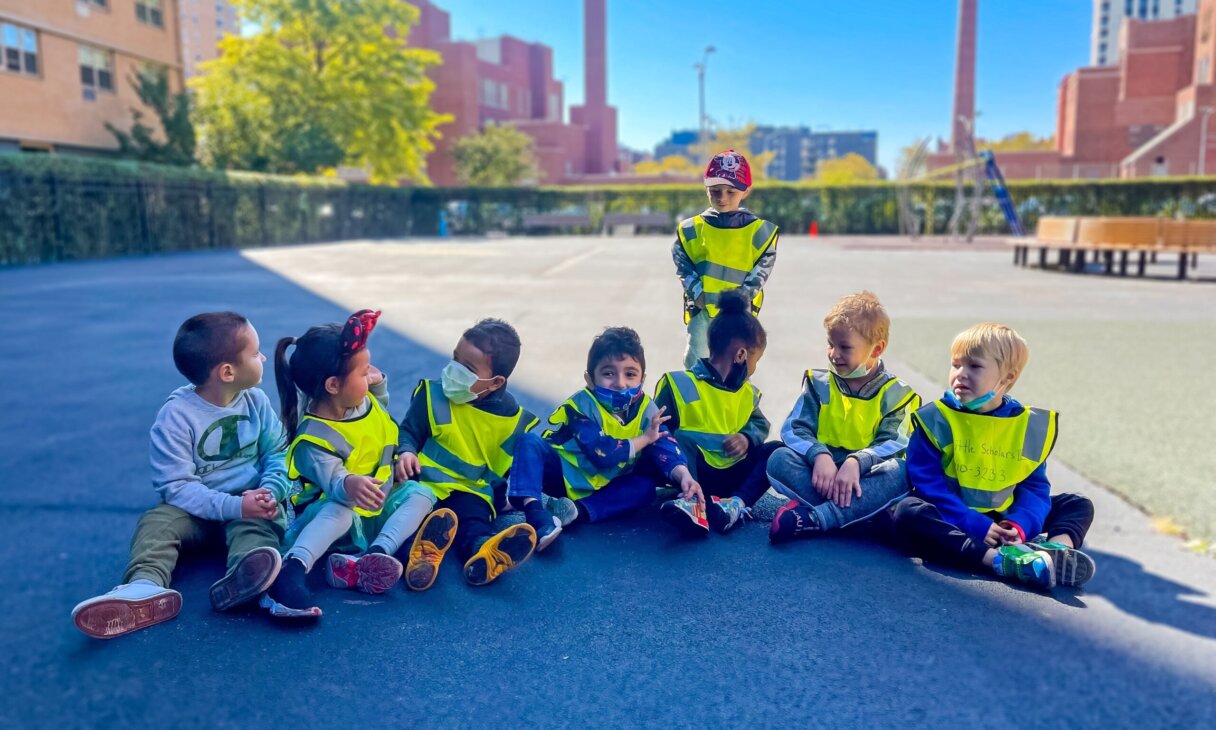
A Look Back
How School Children Watched the Solar Eclipse in the ’60s
In the 1960s, students at Emerson School in Maywood, Illinois, used homemade “Sunscopes” to safely view solar eclipses. These devices, made from cardboard boxes, indirectly projected the sun’s image, allowing viewers to observe the eclipse without looking directly at the sun. This method was promoted to prevent eye damage, as hundreds had suffered from looking at the sun directly during the 1960 solar eclipse. This historical approach reflects the ingenuity and safety consciousness of the time.
Past & Present
In the past, children viewed solar eclipses using homemade devices like Sunscopes, which provided indirect viewing to protect their eyes. Today, we use ISO-certified solar eclipse glasses for direct viewing, offering clearer, safer observation. Past methods involved more DIY construction and an understanding of projection principles, while current practices focus on accessibility and safety with ready-made, scientifically tested equipment. The evolution reflects technological advances and increased awareness of eye safety during eclipse events.
Conclusion
As we approach the solar eclipse of 2024, let’s embrace this astronomical marvel with eager eyes and curious minds. This celestial event offers children a unique opportunity to witness the wonders of the universe firsthand.
At Little Scholars Daycare, we encourage this spirit of discovery and exploration, providing a nurturing environment where young minds can grow and learn. Join us in celebrating the mysteries of space and beyond, and continue your journey of learning and curiosity by exploring more about childcare and educational programs on our website.
Let’s make this solar eclipse a memorable learning adventure for our little scholars!

